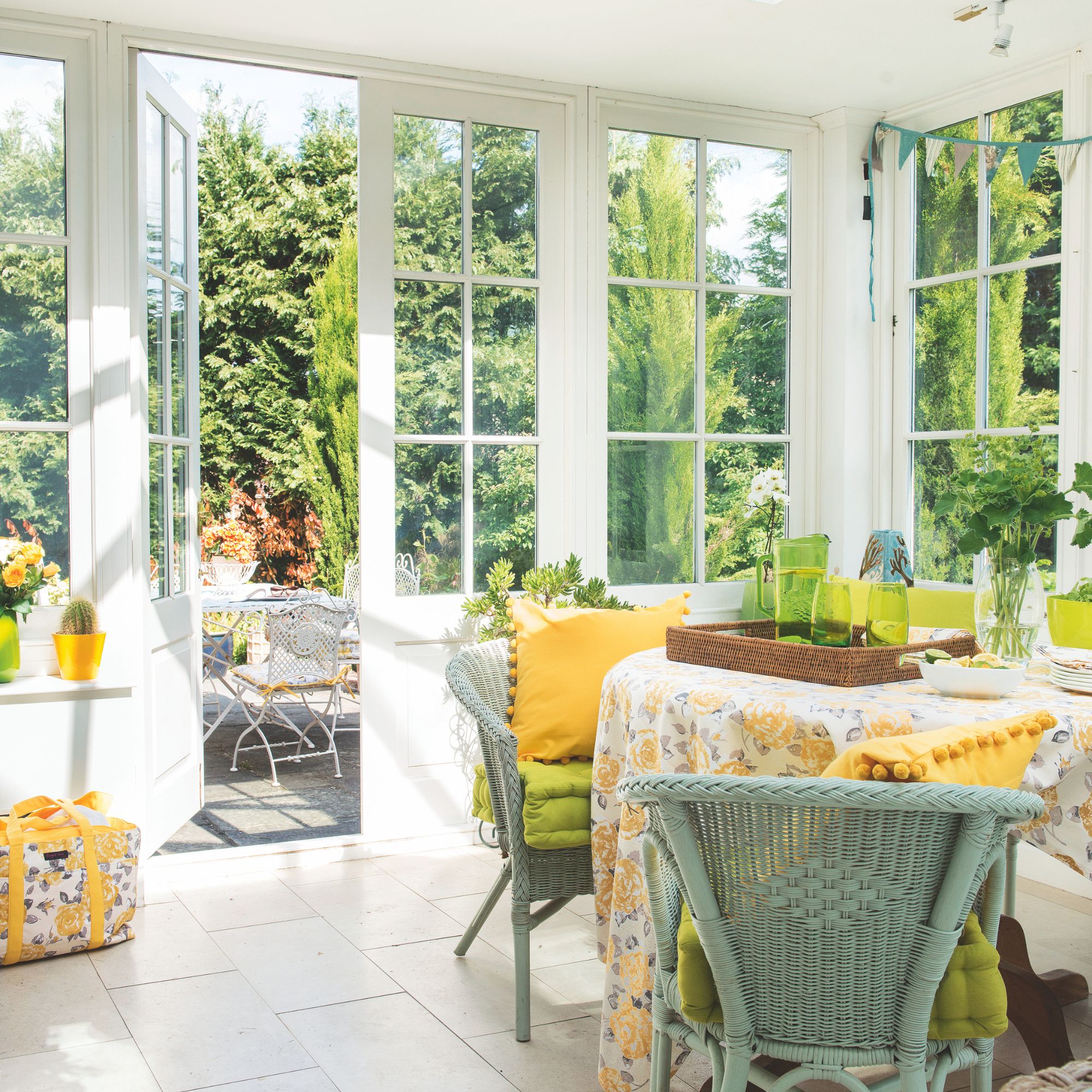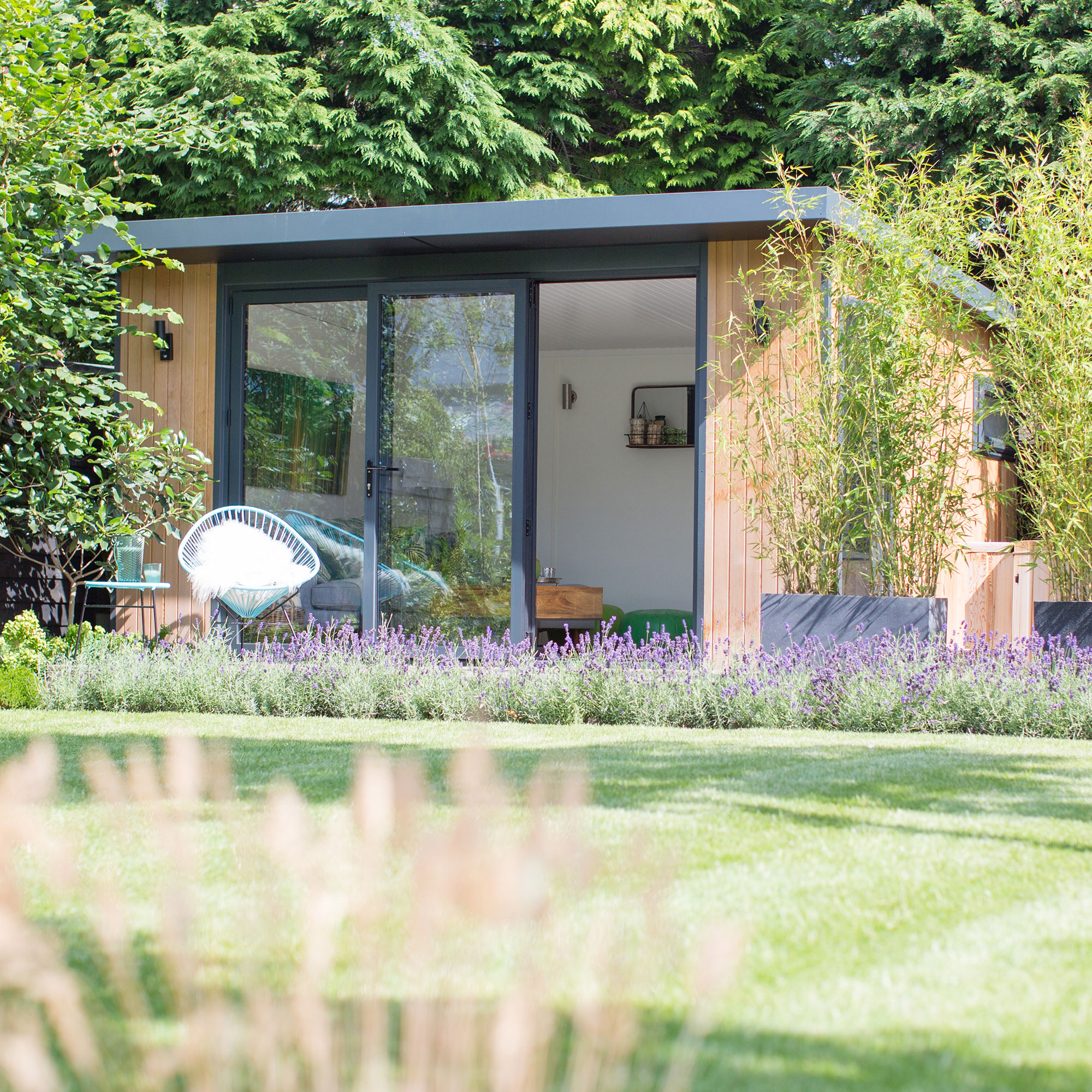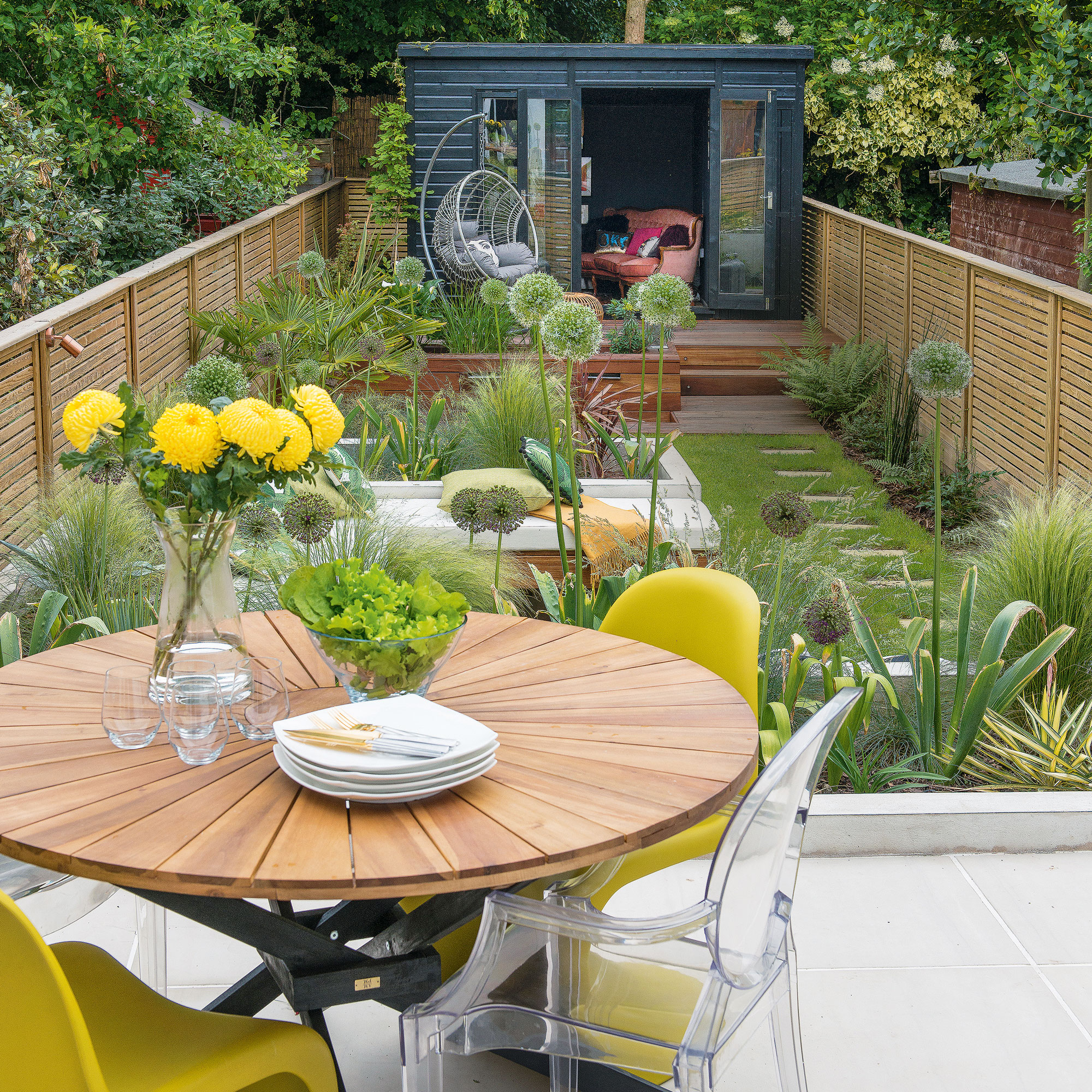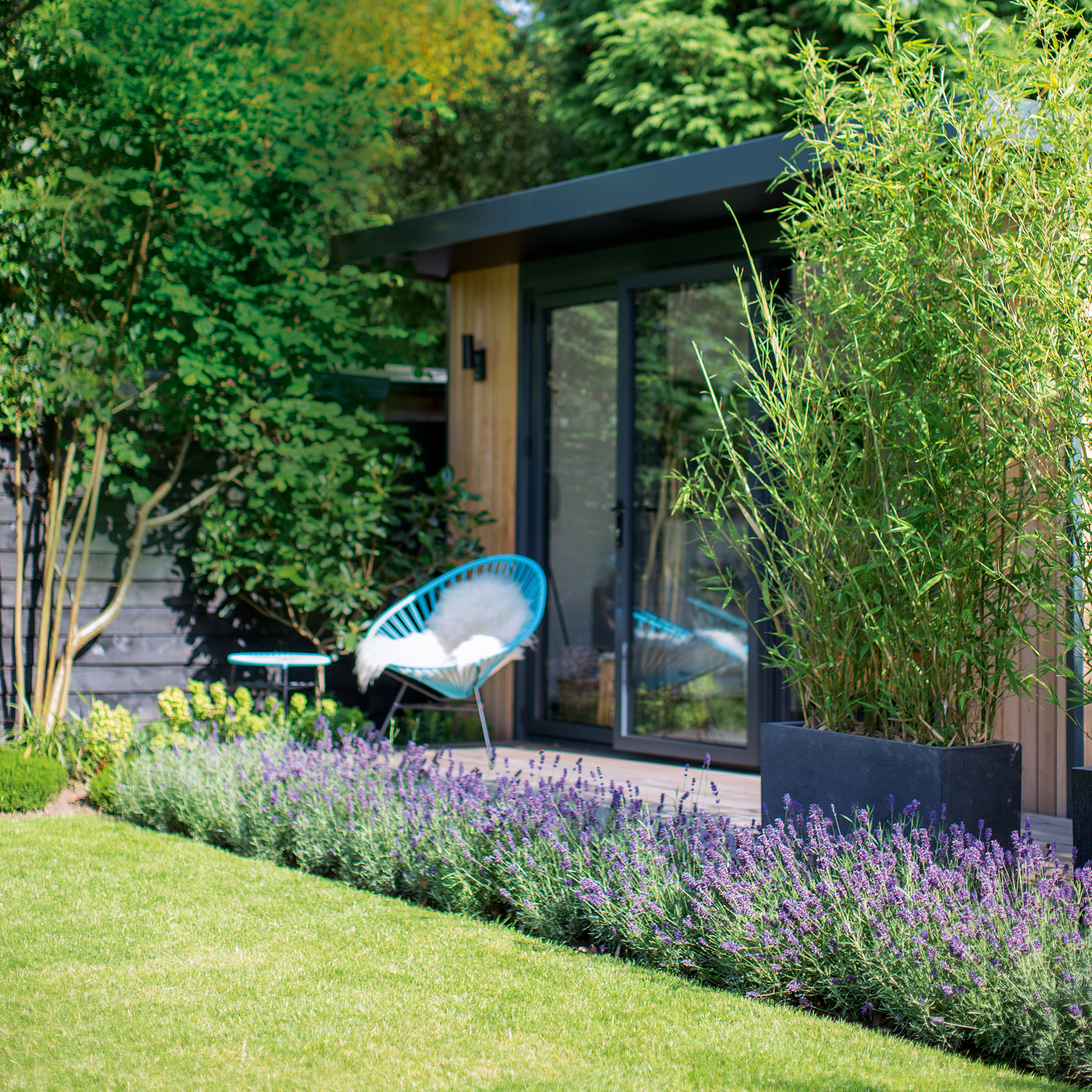
As the UK's weather might not always support sitting outside to appreciate gardening efforts, a conservatory or garden room might be the ideal solution. But what's the difference between a conservatory and a garden room, and which is the best option for your home?
Adding a conservatory or a garden room can both be great ways to add more space to your home for less than a traditional extension. But while they share similarities, they have distinct differences too.
We've spoken to the experts to explain the distinction between the two and help you determine which is right solution for you.
What is the difference between a conservatory and a garden room?

Although the two words tend to be used interchangeably, there is actually a technical difference between a conservatory and a garden room that makes an impact on how you go about both home improvement projects.
Generally, a conservatory is attached to the house and is a non-permanent structure divided by an external-grade door. However, with the proper permissions, this can be opened up to the rest of the house to create a conservatory extension filled with light.
A garden room is a little trickier to pin down, as Alice Hickling from Vale Garden Houses explains: ‘The concept of a garden room is open to interpretation. Some consider it a standalone structure within the garden, separate from the main house.
'Others see it as a more robust extension of the home — featuring more solid masonry elements with a lesser proportion of glazing than a conservatory — while still providing beautiful views of the garden.’

Other names for similar structures are orangeries and sunrooms. You will need a clear understanding of these definitions as you may need to apply for planning permission and building regulations approval for some and not others.
For instance, conservatories are made up of at least 50% of glass while orangeries usually have a more solid roof with a roof lantern to allow in additional light.
Finally, sunrooms are usually constructed with a completely solid roof and feature large panels of glazing, rather than being made up in the majority of glass.
Is a garden room better than a conservatory?

Whether a garden room is better than a conservatory will ultimately depend on your house and outdoor spaces.
A conservatory is limited to being attached to the house itself, so if you have a view you want to admire from that particular spot, you might not need to even consider a garden room.
However, if you have a large garden, or even one that is narrow with a better view away from the house, opting for one of your favourite garden room ideas might be a better option. They can be positioned as a standalone feature wherever you require and can be a great spot of some quiet reading, working or relaxing.
'If you have even a small outdoor space, a high-quality garden room offers a modern and hassle-free alternative to a conservatory,' says Tammy Daubney, sales manager at Green Retreats Garden Rooms.
'As a detached structure, a garden room provides a quiet, distraction-free area — perfect as a home office, gym, studio, games room, or creative space,' she adds.

In terms of structure, conservatories are often made with uPVC, although timber, aluminium and composite options are available for higher prices.
Garden rooms can come in a wider variety of styles — from a summerhouse with glazed patio doors to a fully-insulated room with a bifold door.
Where planning permission and building regulations are concerned, both types of structure can actually be built without applying for consent, if certain limitations are met.
But these can be complex, so before starting construction, contact your local planning authority to check what permission is needed.
When budgeting for a conservatory or a garden room you will probably be looking at around the same price point — between £10,000 and £20,000. However, with both designs, costs can escalate depending on if you would like extra features and better materials.

Can I replace my conservatory with a garden room?
If you’re looking for a newer or more permanent version of your conservatory adjacent to your home, a sunroom or orangery can offer a great deal more year-round enjoyment.
Their more solid structure and design does make them a more appealing and valuable addition to your house, while still offering the benefits of garden views.
'A garden room is a highly desirable home addition, creating extra living space that can be used as a home office, gym, or entertainment area,' says Tammy Daubney. 'Unlike a conservatory, which may not always add significant value, a well-designed garden room is a modern, stylish extension that can enhance your property’s appeal.'
However, if you’re looking to knock down a conservatory and relocate this sun-filled space elsewhere, a garden room is a great alternative.
As long as the structure is less than 15m2 you won’t need to comply with building regulations and planning permission is only required for most houses when the garden room is located further than 20 metres from your main house.
If you are at all in doubt about what consent is required for your plans, contact your local authority before building — otherwise you could have to apply for retrospective planning permission, or even get in trouble and have to take it all down.







